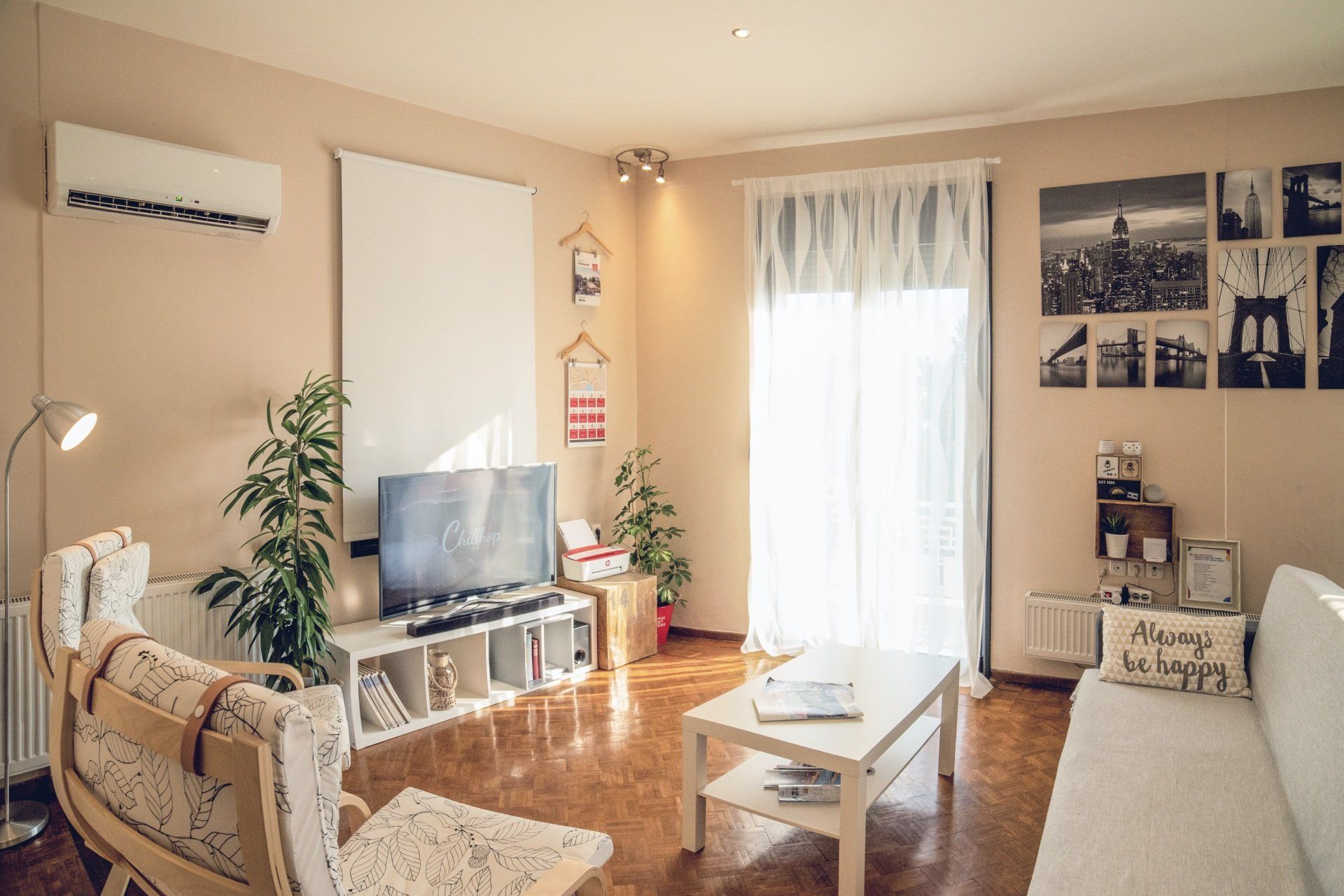A Comprehensive Comparison: Short-Term Rentals vs. Long-Term Rentals
Renting out your home can be a lucrative endeavor, providing an additional source of income and allowing you to maximize the value of your property. However, as a homeowner, you face the decision of whether to opt for short-term or long-term rentals. In this blog post, we will delve into the details of each option, comparing their pros and cons to help you make an informed choice that suits your specific circumstances.

- Flexibility and Rental Duration:
One of the fundamental differences between short-term and long-term rentals is the duration of the lease. Short-term rentals typically span from a few days to a few weeks, while long-term rentals generally entail leases that last for several months or even years. The primary advantage of short-term rentals is the flexibility they offer. Homeowners have the flexibility to use their property whenever they want, accommodating their own vacations or personal needs. In contrast, long-term rentals provide stability and a predictable income stream, as tenants typically commit to an extended lease agreement.
2. Rental Income:
When it comes to rental income, short-term rentals often yield higher returns. With the rise of platforms like Airbnb, homeowners can charge premium rates for their properties, particularly if they are located in desirable tourist destinations or major cities. Additionally, short-term rentals allow for better rate adjustments based on market demand, maximizing income during peak seasons. Conversely, long-term rentals offer a more steady and predictable income stream, even if the rates are generally lower compared to short-term rentals.
3. Property Management:
The level of involvement required for property management is another crucial factor to consider. Short-term rentals demand more hands-on management, including handling guest inquiries, bookings, cleaning, and maintenance. As a homeowner, you may need to respond promptly to guests' needs and ensure the property is always ready for the next visitor. Long-term rentals, on the other hand, generally require less frequent interaction with tenants, with fewer turnovers and less maintenance. However, it is essential to conduct periodic property inspections and address any tenant concerns promptly.
4. Occupancy and Wear and Tear:
Short-term rentals often experience higher occupancy rates, especially during peak seasons, which can lead to increased wear and tear on the property. Frequent turnovers and a constant stream of guests may require more frequent cleaning, repairs, and maintenance. In contrast, long-term rentals generally have more stable occupancy rates, resulting in less turnover and reduced wear and tear on the property. However, it is important to note that long-term tenants may cause more gradual wear on the property over an extended period.
5. Legal and Regulatory Considerations:
Before renting out your property, it is crucial to understand the legal and regulatory landscape in your jurisdiction. Short-term rentals may be subject to specific regulations, including obtaining permits or licenses, adhering to zoning restrictions, and collecting occupancy taxes. In some areas, there may be limitations on the number of days a property can be rented as a short-term rental. Long-term rentals typically involve more straightforward legal requirements, with lease agreements governed by standard residential tenancy laws. Research and ensure compliance with all applicable laws and regulations to avoid any potential legal issues.
6. Risk Management and Insurance:
Another aspect to consider is risk management and insurance coverage. Short-term rentals may involve a higher risk of property damage or liability issues due to the turnover of guests. It is advisable to obtain adequate insurance coverage, including liability insurance, to protect against potential risks. Long-term rentals generally carry less risk in this regard, but it is still essential to have landlord insurance to cover potential property damage and liability issues.

Deciding between short-term and long-term rentals is a crucial choice for homeowners looking to rent out their properties. Short-term rentals offer flexibility and the potential for higher income but they require more active management and may entail higher maintenance costs. Long-term rentals provide stability and less involvement but come with lower rates and potentially more wear and tear. Consider your specific circumstances, financial goals, and personal preferences when making this decision. Ultimately, finding the right balance between maximizing income and managing the associated responsibilities is key to a successful rental venture.
Share this post




